kiss acrylic nail kit instructions pdf
- by chaya

Kiss Acrylic Nail Kit Instructions: A Comprehensive Guide
The Kiss Acrylic Nail Kit offers a convenient way to achieve salon-quality acrylic nails at home. Our guide provides clear and concise instructions for easy application, care, and maintenance for stunning results.
Kiss Acrylic Nail Kits have revolutionized the at-home manicure experience, offering a convenient and cost-effective alternative to salon visits. These kits provide the essential tools and materials needed to create beautiful, durable acrylic nails in the comfort of your own home. Whether you’re a beginner or a seasoned nail enthusiast, Kiss Acrylic Nail Kits offer a user-friendly approach to achieving professional-looking results.
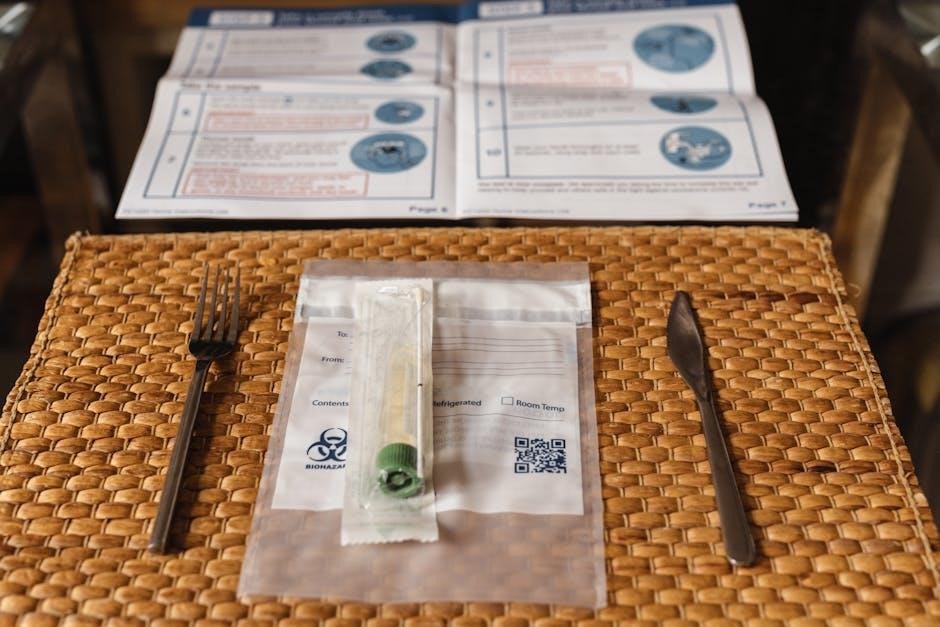
The appeal of Kiss Acrylic Nail Kits lies in their accessibility and ease of use. With clear instructions and pre-portioned components, these kits eliminate much of the guesswork associated with acrylic nail application. They are designed to empower individuals to express their personal style and creativity through customized nail designs. Furthermore, Kiss Acrylic Nail Kits present a significant cost savings compared to regular salon appointments, making them an attractive option for budget-conscious consumers.
This comprehensive guide will walk you through each step of the process, from preparing your natural nails to applying the acrylic mixture and adding the finishing touches.
What’s Included in a Typical Kiss Acrylic Nail Kit
A typical Kiss Acrylic Nail Kit is designed to provide you with almost everything you need to create a full set of acrylic nails at home. The contents are carefully curated to ensure ease of use and professional-looking results. Let’s break down the standard components you can expect to find inside:
Firstly, you’ll find an assortment of nail tips, usually in various sizes to accommodate different nail bed widths; These tips serve as the foundation for your acrylic nails, providing length and shape. A bottle of acrylic liquid monomer is included, which activates the acrylic powder. The kit also contains acrylic powder, typically in a natural or clear shade, for creating the acrylic overlay. Nail glue is essential for securely attaching the nail tips to your natural nails.
An acrylic brush is also included for application of the acrylic mixture. Lastly, you might find a small file or buffer for shaping and smoothing the finished acrylic nails.
Essential Tools for Acrylic Nail Application (Beyond the Kit)
While the Kiss Acrylic Nail Kit provides a solid foundation for creating acrylic nails, certain additional tools can significantly enhance your application process and the final result. Investing in these essentials will contribute to a smoother, more professional-looking manicure.
A high-quality nail file is crucial for shaping and refining the acrylic overlay. Opt for a file with varying grits for different stages of filing and smoothing. A nail buffer is essential for creating a smooth surface before applying nail polish or gel. A cuticle pusher helps gently push back cuticles for a clean and polished look.
Additionally, consider a nail drill for more precise shaping and removal of excess acrylic. Dust brush is helpful for keeping the work area clean during the application process. Finally, a tray or dappen dish for mixing the acrylic liquid and powder will help keep your work area clean.

Preparing Your Natural Nails
Proper preparation of your natural nails is essential for acrylic adhesion and longevity. This crucial step ensures a flawless and long-lasting manicure.

Cleaning and Sanitizing Your Nails
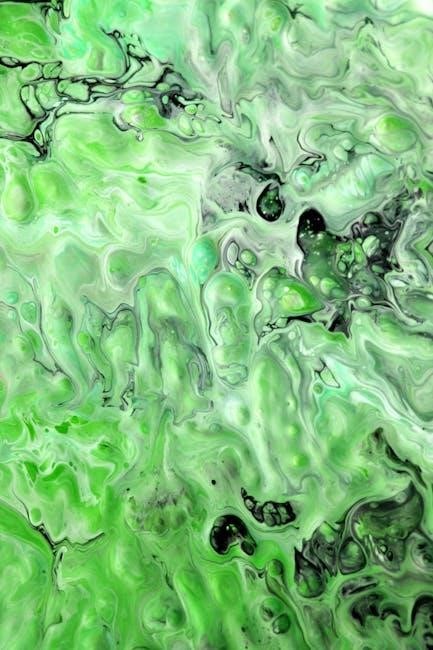
Begin by thoroughly cleaning your hands with soap and water to remove any dirt, oils, or debris. Next, use an acetone-based nail polish remover to eliminate any existing nail polish, ensuring a clean canvas for the acrylic application. Pay close attention to removing polish from the cuticles and sidewalls.
Following the polish removal, gently push back your cuticles with a cuticle pusher. Be careful not to damage or cut the cuticles, as this can lead to infection. After pushing back the cuticles, use a cuticle nipper to trim any hangnails or excess cuticle skin.
Sanitizing your nails is crucial to prevent bacterial growth and infection. Apply a nail antiseptic or rubbing alcohol to a cotton pad and thoroughly wipe each nail surface. Allow the antiseptic to dry completely before proceeding to the next step. This step ensures a hygienic environment for the acrylic application, promoting healthy and beautiful nails. This preparation is key to a successful manicure.

Buffing and Shaping the Natural Nail
After cleaning and sanitizing, it’s time to buff and shape your natural nails. Start by using a nail file to shape your nails to the desired length and form. Whether you prefer square, oval, or round nails, ensure each nail is uniformly shaped.
Next, use a fine-grit buffing block to gently buff the surface of each nail. This process removes shine and creates a slightly rough texture, which helps the acrylic adhere better. Be careful not to over-buff, as this can thin the natural nail. Focus on creating an even surface without causing damage.
Pay attention to the area of new nail growth, gently blending it with the existing nail surface. This ensures a seamless transition when the acrylic is applied. Remove any dust or debris from the buffing process with a clean nail brush. Shaping and buffing properly is essential for a smooth and long-lasting acrylic application. The preparation work ensures professional-looking results.
Applying Primer for Acrylic Adhesion
After buffing and shaping your natural nails, applying a primer is crucial for optimal acrylic adhesion. The primer acts as a bonding agent, ensuring the acrylic adheres securely to the natural nail surface and prevents lifting.
Apply a thin, even layer of the KISS acrylic primer to the growth area of your natural nail only, avoiding the skin around the nail. Allow the primer to air dry completely; it will appear chalky when ready. The primer helps to create a strong bond between the natural nail and the acrylic, ensuring a long-lasting and durable manicure.
Ensure not to apply too much primer, as this can cause the acrylic to lift or bubble. Focus on covering the entire nail plate but avoid flooding the surrounding skin; If primer gets on the skin, wipe it away immediately with a clean, dry brush. A well-primed nail is essential for a flawless and professional-looking acrylic application.
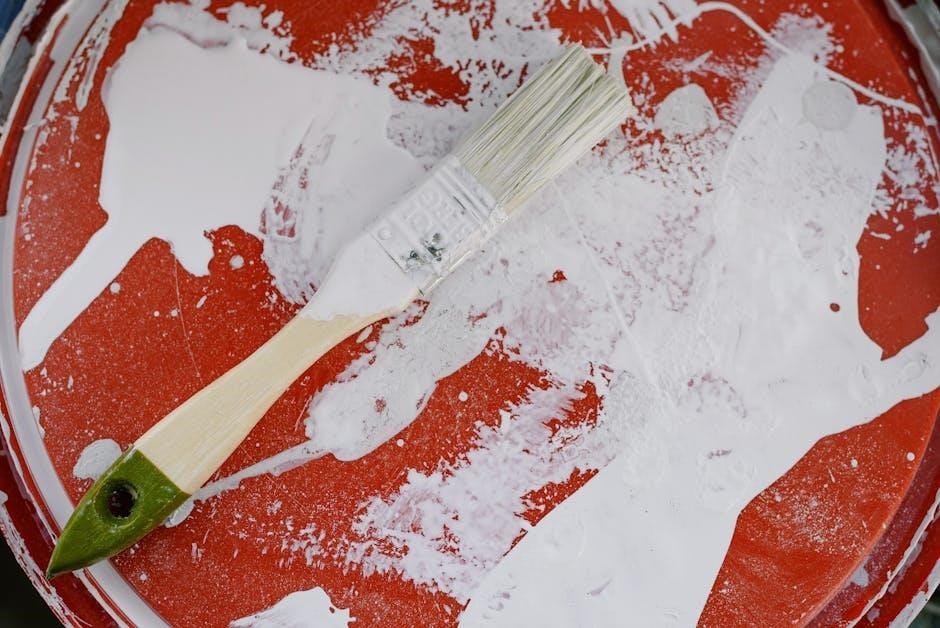
Applying the Acrylic Nails
Now that your natural nails are prepped, it’s time to apply the acrylic nails. This involves selecting tips, gluing them, mixing acrylic, application, and shaping for a perfect look.
Selecting the Right Nail Tips
Choosing the right nail tips is crucial for a natural and comfortable acrylic nail application. Start by assessing the width of your natural nails. The artificial tip should closely match your nail’s width from side to side at the free edge. If the tip is too narrow, it will create an unnatural pinched look, and if it’s too wide, it may not adhere properly and can look bulky.
Consider the shape you desire – whether you prefer square, oval, almond, or stiletto. Kiss acrylic nail kits typically include a variety of sizes and sometimes shapes to accommodate different nail beds and style preferences.
Test different sizes by holding them against your natural nails before applying glue. The tip should cover approximately half of your natural nail bed. Remember, a proper fit ensures both a beautiful appearance and long-lasting wear. Take your time during this step; it’s the foundation for a flawless acrylic set.
Gluing the Nail Tips Securely
Proper adhesion of the nail tips is paramount for a durable and seamless acrylic nail application. Begin by applying a small, controlled dab of nail glue to the well of the artificial tip – the recessed area designed to bond with your natural nail. Avoid using excessive glue, as it can seep onto the skin and cause irritation.
Position the tip at a 45-degree angle to your natural nail, starting from the free edge and gently rocking it down to eliminate air bubbles. Apply firm, even pressure for about 10-15 seconds until the tip is securely bonded. Ensure the tip is aligned straight and centered on your natural nail.
If any glue seeps out, carefully wipe it away with a lint-free wipe dampened with acetone. Repeat this process for each nail, maintaining consistent placement and pressure. Allow the glue to fully dry before proceeding to the next step, which is applying the acrylic mixture. A secure foundation ensures a long-lasting and beautiful set of acrylic nails.
Mixing the Acrylic Powder and Liquid
Achieving the correct consistency when mixing the acrylic powder and liquid is crucial for a smooth and manageable application. Start by pouring a small amount of acrylic liquid (monomer) into a dappen dish. Dip your acrylic brush into the liquid, ensuring it’s fully saturated but not dripping.
Next, gently tap the brush into the acrylic powder. The goal is to pick up a small to medium-sized bead of acrylic. Observe the consistency of the bead. It should be slightly wet but not runny. If it’s too wet, it will be difficult to control. If it’s too dry, it will harden too quickly.
Wipe off any excess liquid on the side of the dappen dish. The ideal bead should be smooth and self-leveling. Practice is key to mastering the perfect ratio of liquid to powder. A well-mixed bead of acrylic allows for easy shaping and blending, resulting in a flawless acrylic nail application. Always work in a well-ventilated area.
Applying the Acrylic Mixture
With your perfectly mixed acrylic bead ready, the next step is applying it to the nail. Begin by gently pressing the bead onto the area where your natural nail meets the applied nail tip. This area is known as the stress point and requires the most reinforcement;
Use the belly of your acrylic brush to pat and spread the acrylic mixture evenly across the nail surface. Work quickly but carefully, as acrylic hardens relatively fast. Guide the product down towards the free edge of the nail, blending it seamlessly with the nail tip.
Then, apply another bead to the middle of the nail, blending it into the first layer. Repeat this process, working towards the cuticle area, ensuring a smooth transition. Avoid touching the skin around the nail to prevent lifting. Allow the acrylic to harden for about 3-5 minutes, tapping the nail to check for firmness.
Shaping and Filing the Acrylic Nails
Once the acrylic has fully hardened, it’s time to shape and refine your new nails. Begin with a coarse grit file to establish the overall shape. Common shapes include square, oval, almond, and stiletto – choose the one that best suits your preference and lifestyle.
Hold the file at a slight angle and gently file the free edge of the nail, working from side to side. Be sure to maintain a consistent shape and length across all nails. Next, use the file to refine the side walls of the nail, ensuring they are straight and even.
Pay close attention to the cuticle area, blending the acrylic seamlessly with the natural nail. Avoid filing too aggressively, as this can damage the acrylic or your natural nail. Switch to a finer grit file to smooth out any imperfections and refine the shape further.

Finishing Touches
Complete your acrylic nail transformation with the finishing touches. This includes buffing for smoothness, applying your favorite nail polish or gel, and then learning how to care for your new nails.
Buffing and Smoothing the Acrylic Surface
After shaping and filing your acrylic nails, the next crucial step is to buff and smooth the surface. This process ensures a flawless, professional-looking finish. Start with a coarse grit buffer to eliminate any visible scratches or unevenness resulting from filing. Work gently and evenly across the entire nail surface, paying close attention to the edges and cuticle area.
Once the major imperfections are removed, switch to a finer grit buffer to refine the surface further. This step will create a smoother canvas for your nail polish or gel application. Continue buffing until the acrylic feels sleek and polished to the touch.
For an extra touch of refinement, use a buffing cream or oil. Apply a small amount to each nail and buff with a soft cloth or buffer. This will add shine and create a glass-like finish. Ensure that you remove any excess cream or oil before proceeding with your nail polish application to ensure proper adhesion and longevity.
Applying Nail Polish or Gel
With your acrylic nails buffed and smoothed to perfection, it’s time to add color and shine with nail polish or gel. Before you begin, ensure your nails are clean and free of any dust or residue. Apply a thin, even base coat to protect your acrylics and promote polish adhesion. Allow the base coat to dry completely before proceeding.
Next, apply your chosen nail polish color in thin, even layers. Two to three coats are usually sufficient to achieve full opacity. Allow each coat to dry thoroughly before applying the next to prevent smudging or bubbling. If using gel polish, cure each layer under a UV or LED lamp according to the manufacturer’s instructions.
Once your color is applied, finish with a top coat to seal in the polish, add shine, and protect your manicure from chipping. For regular polish, allow the top coat to dry completely. For gel polish, cure the top coat under the lamp for the recommended time. Finally, apply cuticle oil to hydrate the skin around your nails.
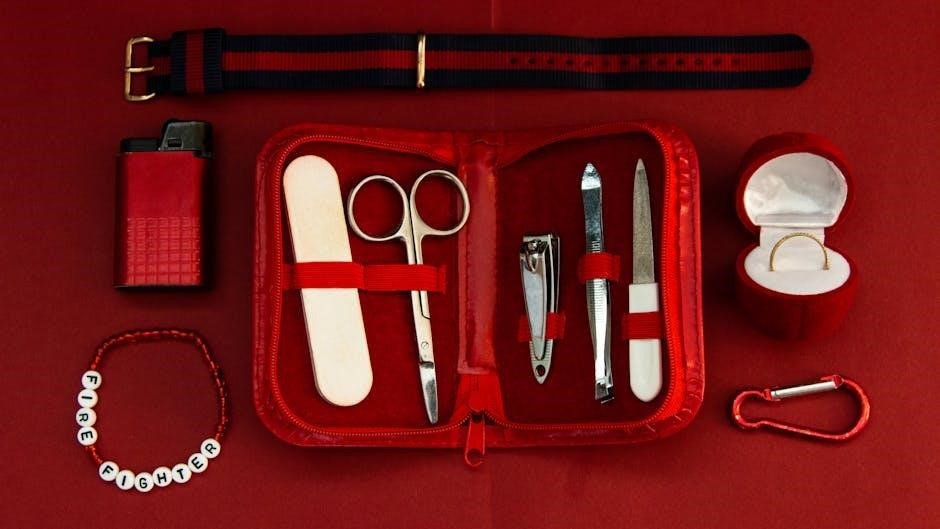
Caring for Your New Acrylic Nails
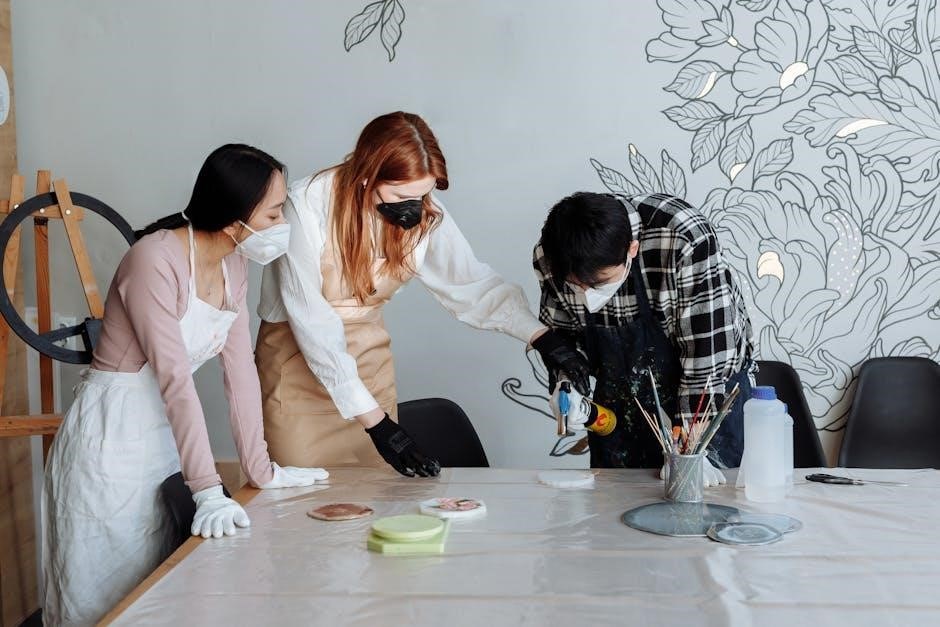
Proper care is essential to maintaining the beauty and longevity of your new acrylic nails. Avoid using your nails as tools to prevent breakage or lifting. Wear gloves when doing household chores or gardening to protect your nails from harsh chemicals and excessive water exposure. Regularly apply cuticle oil to keep your nails and surrounding skin hydrated, preventing dryness and cracking.
If you notice any lifting or damage, address it promptly to prevent further issues. Avoid picking or peeling at your acrylics, as this can damage your natural nails. Schedule regular fill appointments every 2-3 weeks to maintain the shape and integrity of your acrylics.
When removing your acrylics, do so gently and carefully to avoid damaging your natural nails. Soak your nails in acetone-based nail polish remover until the acrylic softens, then gently push it off with a cuticle pusher. Avoid forcing the acrylic off, as this can weaken your natural nails. After removal, moisturize your hands and nails thoroughly.
Want salon-worthy acrylic nails without the salon price? Our Kiss Acrylic Nail Kit PDF instructions make it easy! Download now and get stunning nails.